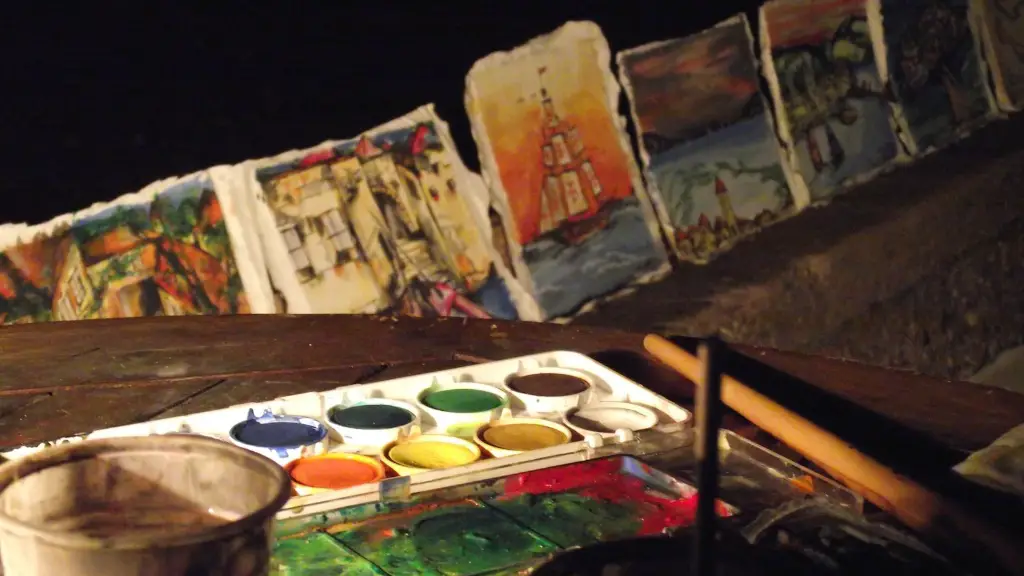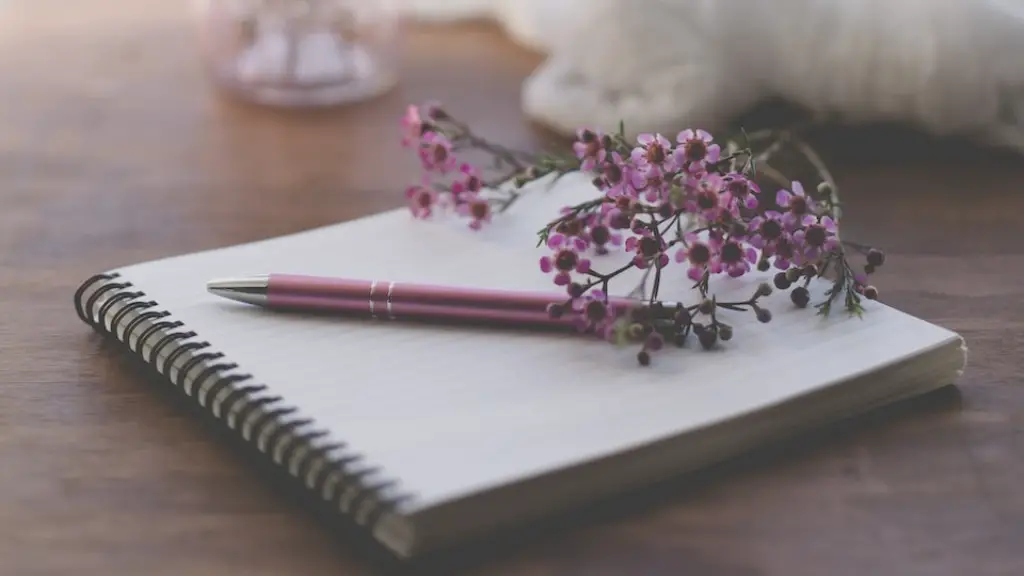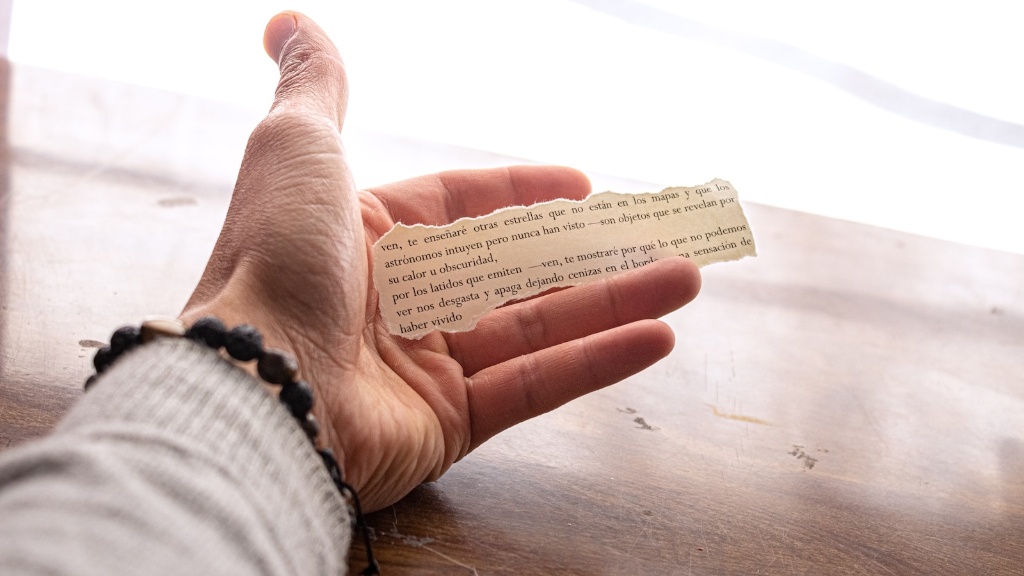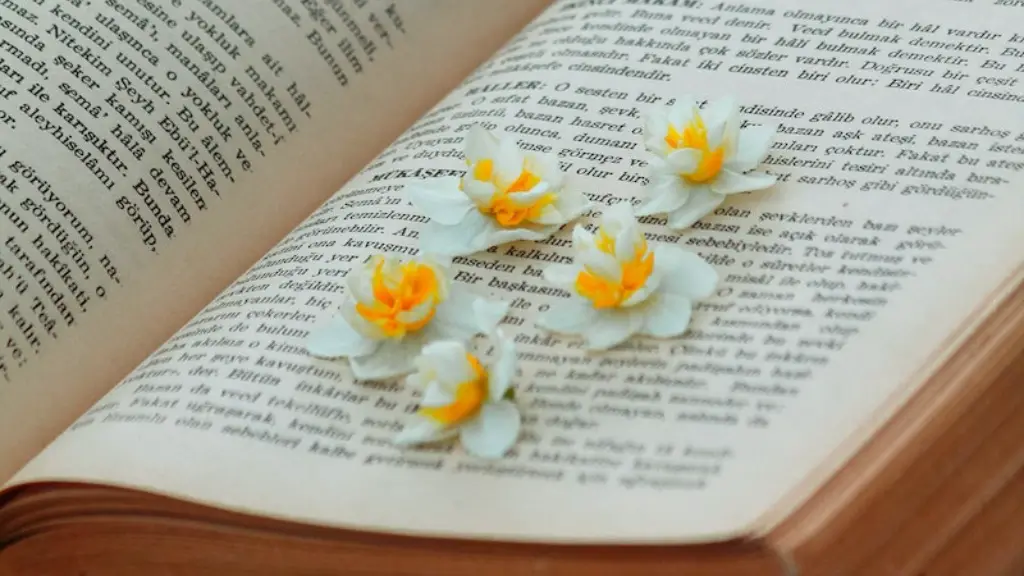Poetry may be a difficult concept to define, particularly due to its ongoing evolution in time. It goes without saying that it can be both spoken and written. But what sets it apart from ordinary language? According to Oxford English dictionary, poetry is “a form of literary art which uses language to evoke a feeling or an idea often in a more intense way than ordinary language”. Even so, the meaning of the term changes over time due to its interpretative nature.
Recently, contemporary poets usually focus on ambiguity. Through experimental forms, word choice and structure, they attempt to create meaning in different ways. However, many still stick to the basics and work within the traditional poetic structures, as seen in renaissance poetry.
Functionally, poetry is designed to create an emotional response from its readers. Poets use meter, rhythm, and poetic devices such as metaphor, hyperbole, and simile to create a vivid emotional experience for the reader. It is through this emotional experience that poetry really sets itself apart from ordinary language. The oft-cited example is in the line “The lovely creature sleeps in peace” being more emotional than “The girl is asleep”.
In addition to this, some also say that poetry has an ability to capture essence of thoughts, feelings, and experiences that are otherwise difficult to articulate. In turn, writing poetry can help people to better understand their emotions and to explore them constructively. During times of higher stress, it may be able to provide a creative outlet that is both therapeutic and healing.
It is also important to consider the political implications of poetry. In times of social unrest and political oppression, poets can use their work to express dissent and to express solidarity with others. In such moments, a poet can use their words to help catalyze change and to open up important conversations.
Mostly, poetry is a form of art and expression. Once it is broken down and defined, people can appreciate it for its beauty and the depths that it can reach.
Lyrical Poetry
Lyrical poetry is a form of poetry which deals with personal and emotional subject matters, sometimes involving reflections of feelings as they relate to such subjects. Generally, lyrical poetry is easy to understand and is enjoyed by both readers and listeners. In lyrical poetry, poets often create a single character and use them to narrate the story, allowing readers to connect more personally with the story.
Popular lyrical poets are often those who bring an honest and brutally real take on the subject matter. From William Wordsworth’s marveling at Nature’s beauty to William Butler Yeats’ darkest moments of despair, lyrical poets bring their personal perspective to life in a method that encourages readers to follow their journey. In order to capture the emotion of the reader, lyrical poets often use sound as well as metaphor and simile to add a musical layer to the reading experience.
Lyrical poetry is often considered to be the most type of poetry, as its personal focus means it is highly accessible to readers. It often contains sentiment which readers can easily relate to, making lyrical poetry the go-to for a number of readers.
Haiku
Haiku is a traditional form of Japanese poetry originating as early as 9th century AD. It is typically comprised of three lines, each with a specific syllable count of 5, 7, and 5. In essence, these three lines create a compact poem that expresses a powerful thought, feeling, or idea.
Haiku is noted for its lyrical power and evocative imagery. By focusing on nature and the world around us, Haiku poets successfully capture breathtaking moments in time. Its unique structure gives poets a limited space to express complex idea, allowing room for the reader to think deeply about the poem’s content.
One of haiku’s core elements is a “cutting word”, also known as Kireji. This Kireji, in essence, acts as an emotional hook to draw readers in. Without this component, the poem would lack its emotional impact, as the Kireji is the method poets have to create a connection with their readers.
Haiku is an important part of the poetic canon, both for its terseness and emotional resonance. It allows poets to bring into light moments of beauty, grace, and nature that are often underappreciated.
Narrative Poetry
Unlike haiku and lyrical poetry, narrative poetry is focused on storytelling and plot. It is a poem that tells a story, focusing on plot and character development. This can be done through various channels including character dialogue, description, and narration. It is a great way for poets to explore a range of topics by creating a story that is both emotionally engaging and thought-provoking for the reader.
The beauty of narrative poetry is its ability to tap into the imagination of its readers. Through vivid descriptions and well-crafted storylines, the reader can connect to the poem and fill in the spaces with their own characters and stories. This makes narrative poetry a powerful tool for the poet, as it allows the poet to create a lasting connection with their audience.
Many narrative poems aren’t just evocative, but they can also be inspiring and motivating. Their stories often tell of journeys and hardships that can be used to help readers persevere in their own daily battles. Narrative poetry is a great way poets to not only entertain, but to impart knowledge and insight.
Blank Verse
Blank verse is a poetic form which uses unrhymed lines of iambic pentameter. This means that the poem will often have ten syllables on each line with a consistent beat. The form is often credited to English poet, William Shakespeare, and his use of this form in plays such as Julius Caesar, Hamlet, and Macbeth. It remains one of the most popular poetic forms of all time.
Often, poets will use blank verse to explore deep and emotive topics – each line being a powerful piece of narrative which builds towards the poem’s crescendo. Its practiced use of rhythm and meter on each line adds a flow to poems which makes them captivating and enjoyable to read.
In contrast to shorter poems such as Haiku and Lyrical poetry, blank verse gives poets the opportunity to explore subject matters in greater detail, over a larger timeline and with more direct address of the reader. As a result, blank verse poets often create something more profound and emotive.
Free Verse
Free verse is a form of poetry that does not follow a fixed metrical structure and rhyme scheme. It can be seen as the opposite of blank verse, but the two still share some similarities. Free verse, like blank verse, is still focused on producing a poetic form of language which focuses on description, emotion, and rhythm.
In free verse, poets are often able to express themselves in ways that other forms of poetry would not allow. With its lack of structure, free verse gives poets the flexibility to create something unique and personal which can differ greatly from other forms of poetry.
A common aim of free verse is to communicate ideas in an engaging and entertaining way. This can be done through carefully crafted lines that carry a thought throughout the poem without adhering to the traditional form of poetry. By doing this, poets use the words to create patterns and meaning which, in turn, create a reading experience that is both enjoyable and thought-provoking.
Free verse can often be seen as a modern art form, but it has deep roots in the history of poetry. It has given poets, new and old, the ability to create something distinctive and personal that is not limited by form or structure.





